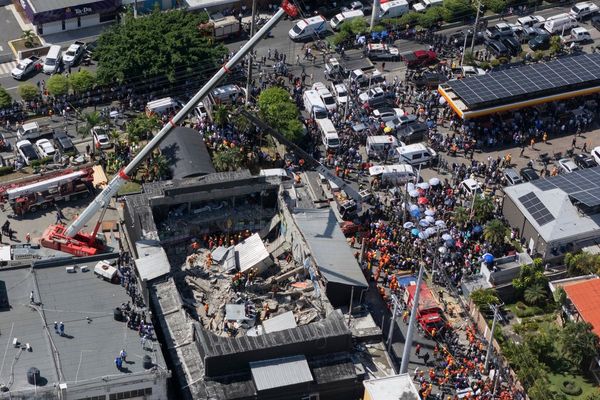
You can be forgiven for not knowing the intricate workings of Labour’s internal mechanisms. But the processes by which the party selects its candidates matter. They matter because, particularly in a safe Labour seat, those rules will usually determine who will be the next MP.
Labour started its trigger ballot process late last year. Where there is an incumbent Labour MP, it gives local members a simple choice: they can vote to automatically select the MP as a candidate for the next election or they can vote to“trigger” a full selection process in which the MP could have to face off against other challengers. Members can force a selection only where a majority of local party and affiliate (such as trade unions) branches vote to trigger such a contest.
Sam Tarry has become the first victim of the process. After a selection process was triggered in July, a meeting of Labour party members chose Redbridge council leader Jas Athwal over the incumbent MP – meaning that while Tarry is still an MP, he will not be Labour’s candidate at the next general election. And, given that Ilford South is a safe Labour seat, Athwal will probably be returned as the next MP. Bell Ribeiro-Addy, Nadia Whittome and Zarah Sultana have made it through their trigger ballot processes unscathed and will not fight a selection battle. Apsana Begum, MP for Poplar and Limehouse, and Ian Byrne in Liverpool West Derby are still facing deselection.
Supporters of the MPs in question have been quick to highlight that they are all from the left of the party and critical of the current leadership. They lay the blame squarely at the feet of Keir Starmer, suggesting that what we are seeing goes beyond the usual politicking of party leaders to enhance their wing of the party and is instead an “unprecedented” purge of the left.
Tarry is certainly not of the leadership’s political persuasion and was sacked from the shadow cabinet for attending a picket line against the guidance from the opposition leader. Meanwhile, Athwal was endorsed by Starmer ally Wes Streeting. Ilford South has been contested between Athwal and Tarry since 2019. Athwal was a frontrunner, alongside Tarry, in the selection process to replace Mike Gapes. He was suspended the night before the selection meeting was due to be held after being accused of sexual harassment, but was later cleared of wrongdoing by the party. His bid to oust Tarry has therefore been seen by many of his supporters as the culmination of a years-long struggle to right a historic wrong.
A more holistic look at the selection processes – including those where there is no incumbent Labour MP and the party is simply selecting its next candidate – supports the view that it is only allies of the leadership who are making it through the process. Only one overtly leftwing candidate has succeeded so far, Faiza Shaheen in Chingford and Woodford Green.
Arguably, this is simply a leadership that is better at influencing selection processes than predecessors. Some of this has been attributed to a reported change in strategy – whereby the leadership excludes those it does not want at the start of the process, leaving its preferred choice alongside one or two challengers it can work with. The technique has been dubbed “quality control” by aides and “the heir and the spare” by others. Time will tell the extent to which the leader and his allies will be able to reshape the parliamentary Labour party – but the early indication is that we will see a markedly more pro-Starmer House of Commons.
To follow how the PLP could change more closely, it is advisable not to focus on deselection battles, which are relatively infrequent. Instead, we should track the political affiliations of the many more people being selected to contest seats where there is no Labour MP, or where the Labour MP is voluntarily stepping down.
The party has already selected 35 such candidates. These wannabe MPs, winning selections to stand for Labour in seats the party hopes to win at the next general election, will tell us more about what the future PLP will look like – especially if recent polls indicating a Labour landslide election victory prove true.
Elliot Chappell is the editor of LabourList







